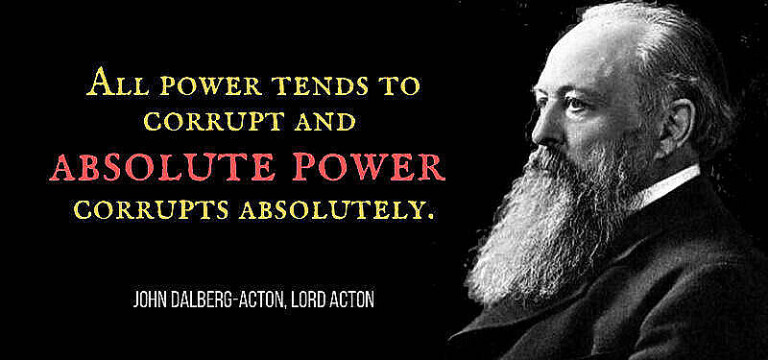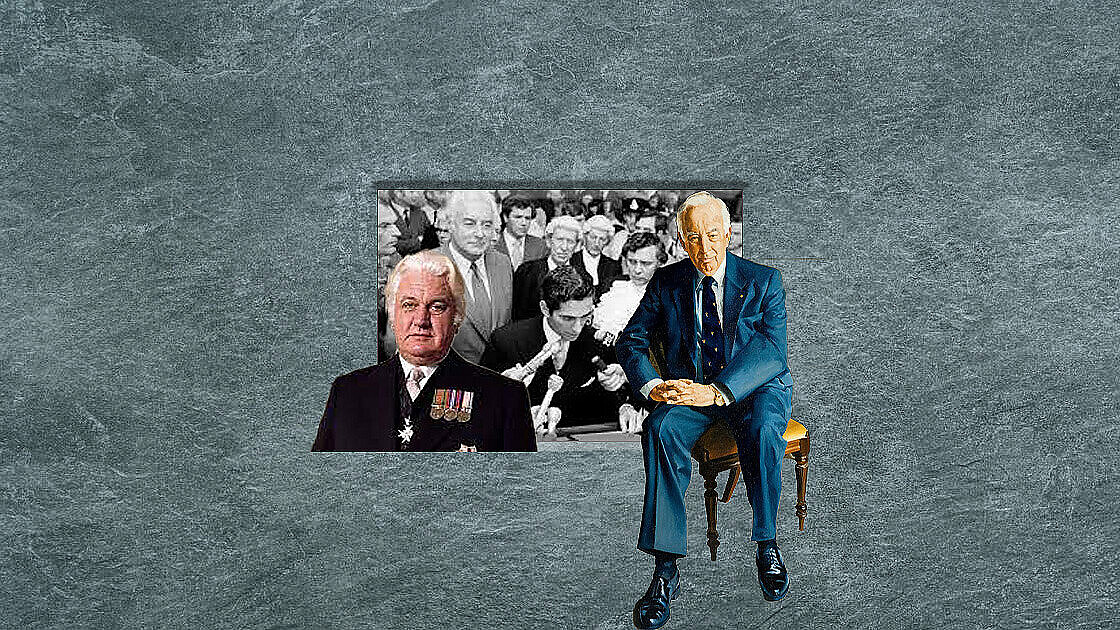Probably the best definition of a constitution was given by Lord Bolingbroke (1678-1751), who, in modern language, described it as “that assembly of laws, institutions, and customs, by which the people have agreed to be governed.”
A constitution, which is not just one document, is about government. It determines the way powers to govern are allocated within a country.
On this, there have been two principal schools of thought. As early as the Ancient Greek philosopher Plato, we find the notion that good government is about finding the best people, trusting them and endowing them with full powers.
In Plato’s Republic, the elite guardians, with superior knowledge and understanding, are trusted to govern.
Aristotle, another celebrated Greek philosopher, criticised this. Much of modern history has been about whether governments should be endowed with near-absolute powers or whether effective checks and balances should limit power.
England resisted the tendency in continental Europe towards absolute monarchy, the leading proponent of which was the French King Louis XIV ( 1638-1715).
In England, this led to the Civil War (1642-1651) between Parliamentarians and Royalists, the execution of the King and a republic or Commonwealth, which soon turned into a dictatorship (1649-1660). The question was finally resolved in the Glorious Revolution in 1688 when the powers of the King were limited in favour of Parliament.
England and then Britain have long been the leading examples of limited government. Indeed, the Parliament at Westminster is known as the Mother of Parliaments.
In the next century, the French tried to dismantle their absolute monarchy. But the French Revolution (1789) led to the Reign of Terror, a dictatorship under Napoleon and, until 1815, a long European war.
In Australia’s evolution from a penal colony to self-government and independence, France has known various revolutionary regimes, including the fascist regime, five republics, three monarchies and two empires. The English-speaking countries have, since 1688, lived under constitutions which provide both limited and stable government.
The British historian Lord Acton’s celebrated saying eloquently summarises the essence of the approach of the English-speaking countries to government:

This is a sceptical approach, which is suspicious of concentrations of power. The model of government which emerged in Britain as a result of the glorious Revolution is the basis of two different but related systems of government which developed in Britain and the United States, which had fought for its independence on the grounds that King George III had withdrawn many of their rights as Englishmen under the Glorious Revolution.
The British model, which developed in the late eighteenth and nineteenth centuries, the Westminster system, has been exported successfully to many countries. The American model has not, although it works very well in the United States. The Canadian constitution is essentially based on the Westminster system while borrowing federalism from the United States.
Australia was fortunate that the British settled her. This ensured that she would live under the rule of law and that the Australian colonies would evolve as crowned republics.
When the Australian colonies federated, the Founding Fathers drafted a constitution based on the Westminster model.
In addition, they borrowed more federalism from the United States than the Canadians did, particularly in the role and composition of the Senate.
Australia also borrowed the referendum from Switzerland so that the people’s consent was necessary both for the adoption of the constitution and to make any change to it.
Much of the twentieth century has involved disputes between those who believe in limited government with effective checks and balances and those who put their faith in finding the best guardians who could be trusted with power.
Fascism and its German form, Nazism led to the terrible Second World War ( 1939 – 1945), in which 70 million people died.
The crowned republics of Britain, Australia, New Zealand, Canada, South Africa and the British Empire, including the Indian Empire, were almost alone in fighting Nazism from the beginning to the end.
The other absolutist political philosophy, which took power in the twentieth century in a number of countries, communism, led to the deaths of up to 100 million people and the enslavement of many more.


